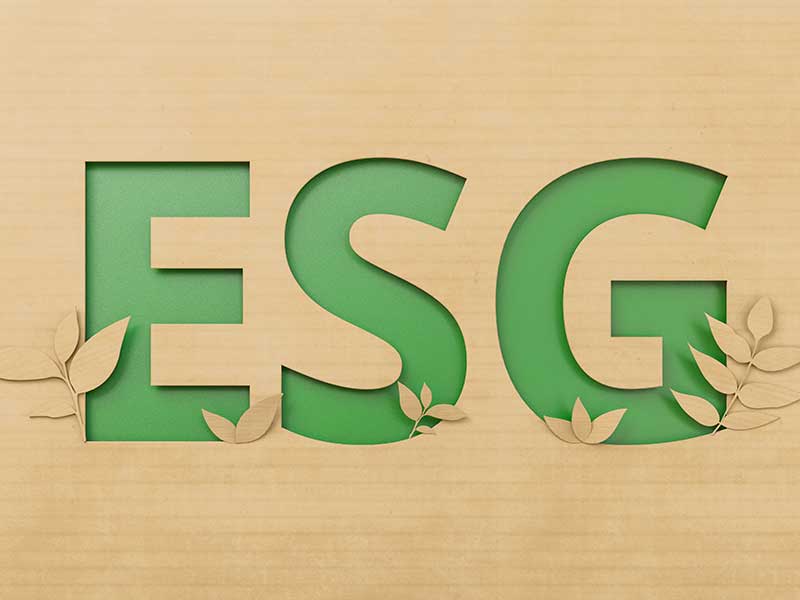
As ESG funds proliferate, a group of international organizations is joining forces to eliminate confusion around key terms used by investment funds.
The CFA Institute, the Global Sustainable Investment Alliance (GSIA) and Principles for Responsible Investment (PRI) have developed a new resource to define five common terms used in responsible investing. The category has grown significantly in recent years but also been plagued by concerns around “greenwashing,” due in part to a lack of consistent terminology and regulation.
A report last month from European regulators found that investment funds are increasingly using ESG-related words in fund names, marketing and regulatory filings, but they often rely on vague terminology.
The new resource comes as regulators around the world develop ESG disclosure rules for the fund industry. The three organizations joined forces after the International Organization of Securities Commissions highlighted the need, in November 2021, for common sustainable finance-related terms and definitions.
The CFA Institute, the GSIA the PRI said they hope the investment industry and regulators will adopt their definitions.
“It’s important to standardize terms and definitions as practices mature so that professionals can communicate efficiently and effectively with each other as well as with clients, regulators and other market participants,” said CFA Institute president and CEO Marg Franklin in a release.
The new resource defines five key terms used in responsible investing. In addition to short definitions (see below), there are also explanations of the terms’ essential elements, the definitions that served as the primary reference points, and practical guidance for using the terms.
The five terms covered are:
- Screening: applying rules based on defined criteria that determine whether an investment is permissible.
- ESG integration: ongoing consideration of ESG factors within an investment analysis and decision-making process with the aim to improve risk-adjusted returns.
- Thematic investing: selecting assets to access specified trends.
- Stewardship: the use of investor rights and influence to protect and enhance overall long-term value for clients and beneficiaries, including the common economic, social and environmental assets on which their interests depend.
- Impact investing: investing with the intention to generate a positive, measurable social and/or environmental impact alongside a financial return.
The definitions for responsible investing approaches follow the CFA Institute’s efforts to standardize ESG disclosures.
Last year, the Canadian Investment Funds Standards Committee (CIFSC) released its own RI identification framework to help investors and advisors identify and compare responsible investing funds. That framework uses six terms, including variations of the five above.
Ian Tam, director of investment research for Canada with Morningstar, Inc. and a CIFSC member, said the committee would review its framework annually.
“By no means does this mean a wholesale change in the framework, but we would be remiss if we did not consider the CFAI/GSIA/PRI’s work to help tighten up language in CIFSC’s own framework when it comes time to review,” he said in an email.